What small businesses in the UAE need to know about VAT Reverse Charging?

With the UAE implementing VAT from 1 January 2018, there are many technical concepts that small and medium-sized businesses will need to grasp to prepare. One of these concepts is the reverse charge mechanism.
The UAE Ministry of Finance announced that the reverse charging mechanism will be enacted as part of the VAT law and that it is likely to be similar to what is enacted in the EU and the UK. The rationale behind the Reverse charging mechanism in the EU is to simplify trade within the single market by moving the responsibility of reporting the VAT transaction from the seller to the buyer of a good or service. This means that the seller is not required to register for VAT in the country where the supply is made. The reverse charge also mitigates VAT fraud and only VAT registered businesses can apply the reverse charge mechanism.
In the normal course of business, purchasing goods or services from outside the UAE does include VAT as they are supplied from a supplier who is not inside the UAE and therefore not required to register for VAT. In this situation, the business receiving the good or service is required to apply the reverse charge mechanism as they are based in the UAE.
Here the business will treat goods and services purchased as though it is bought from within the UAE and therefore will report the input VAT on the purchase and output VAT on the corresponding sale when completing the VAT return. Although these two amounts are offset from each other which means that no additional payment is required, it does, however, provide the tax authorities with visibility of the transactions.
For example, if a freelancer translator was hired from Turkey to translate a webpage no VAT would be charged. However, if a freelancer from the UAE is hired, then the cost would have been standard-rated for VAT at 5%. If this service was worth AED 100, the amount of the reverse charge would be AED 5, or AED 100 x 5%. In other circumstances where the good or service supplied by the business is exempt or partially exempted in nature, then the business would not be able to fully recover the input VAT.
A common question that arises is that as no payment is made to the tax authorities for the reverse charge mechanism, why introduce this in the first place? As mentioned previously, one of the reasons why the reverse charge was implemented was to combat VAT fraud. The two common types of fraud schemes are known as the
carousel or the missing trader and it is estimated that approximately EUR 50 bn of VAT revenue is leaked through these schemes yearly.
What is the 'carousel' or 'missing trader' fraud? Carousel fraud involves cross-border transactions between businesses, in this scenario, there are many companies selling goods or services which are imported VAT-free from a supplier and onwards to another country. One of the companies in this chain does not pay VAT to the government despite charging it to the buyer, hence committing fraud. This company would when disappear following the fraudulent transaction becoming the missing trader. The other companies in the chain would then continue to reclaim input VAT from the purchase. Note also that the goods and services may not be transacted and that these transactions may only exist on paper. This scheme then continues when the final buyer in the chain re-sells the goods to the first supplier which then starts the chain again. The reverse charge mechanism mitigates this by shifting the liability of the final payment from the supplier to the customer and by reporting these transactions.
For more information and to get the latest updates on VAT in the UAE, subscribe to our email list or like our LinkedIn page.

.webp)

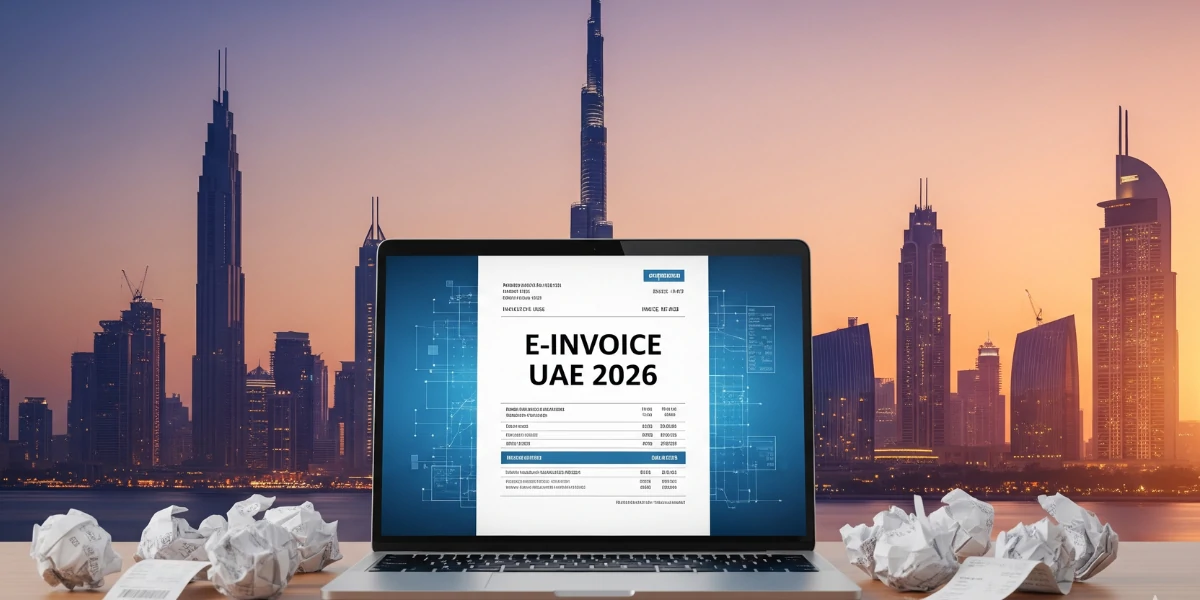
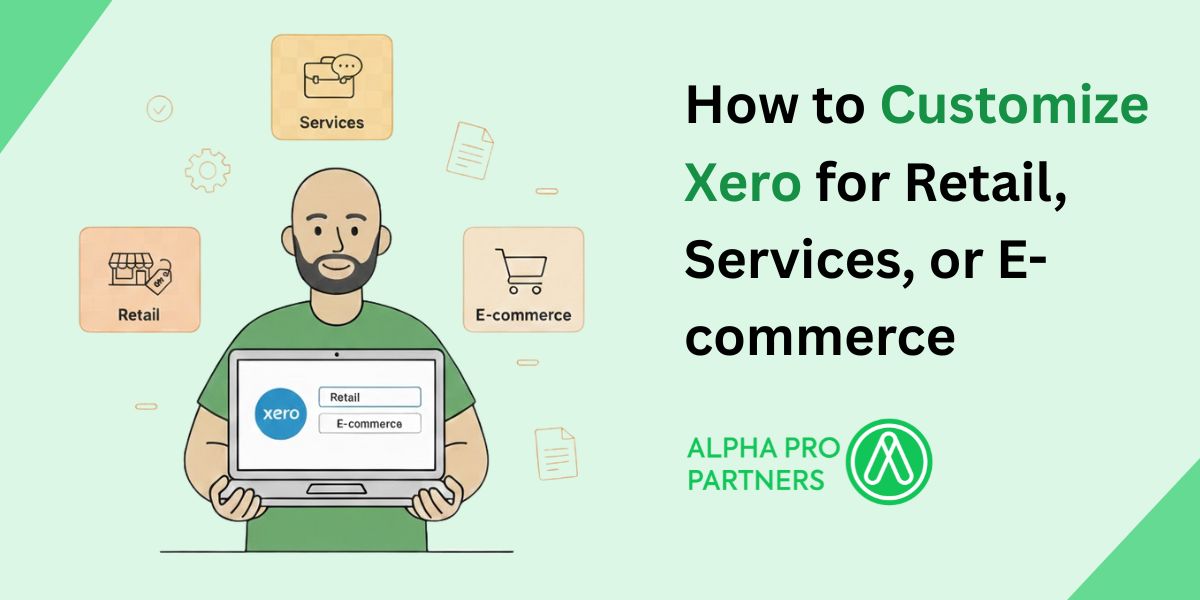




%20Widgets%2C%20Shortcuts%20%26%20Customisation.jpg)

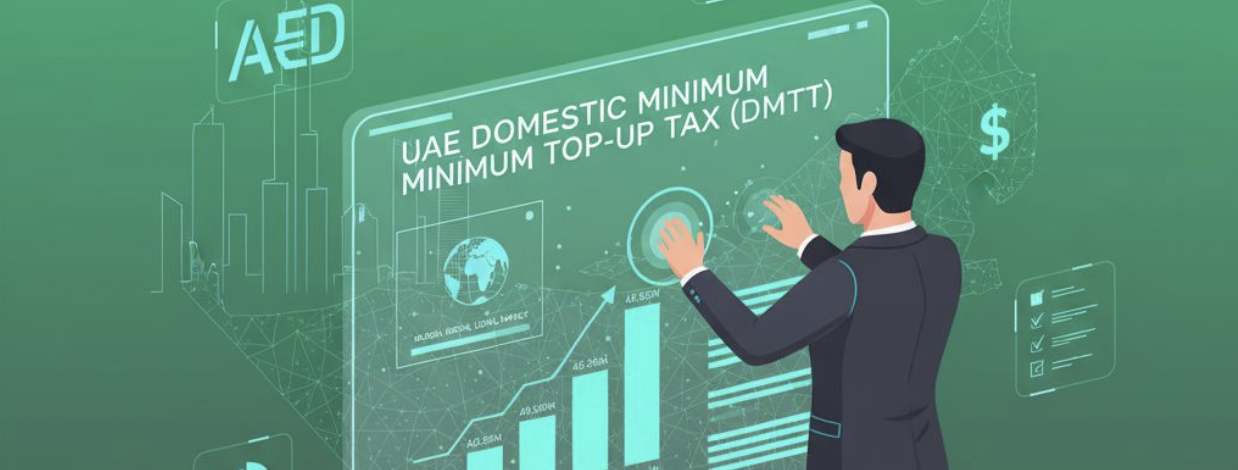
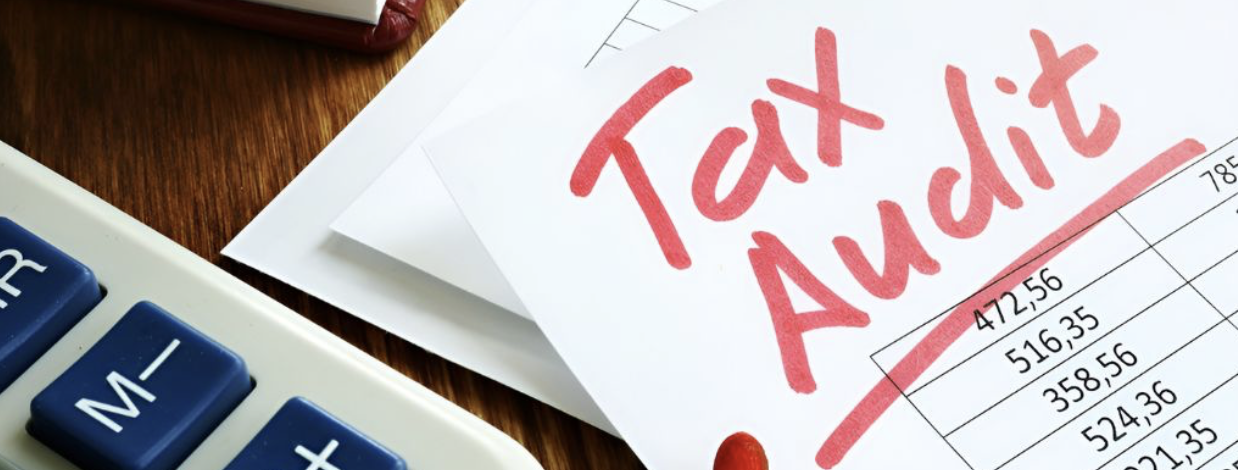


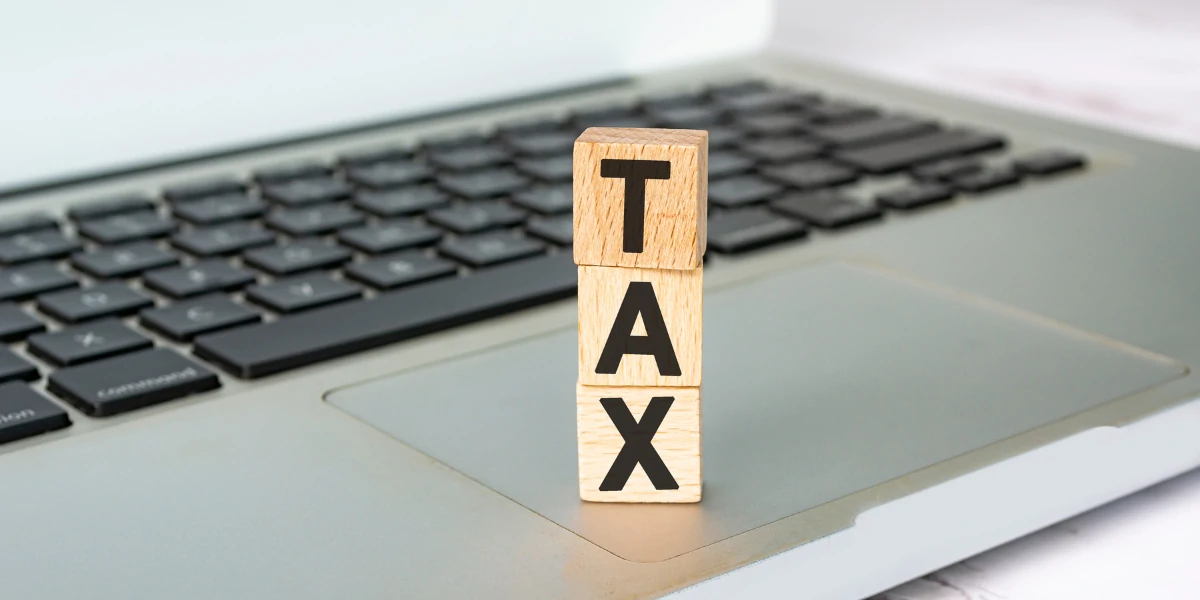
.webp)
.webp)
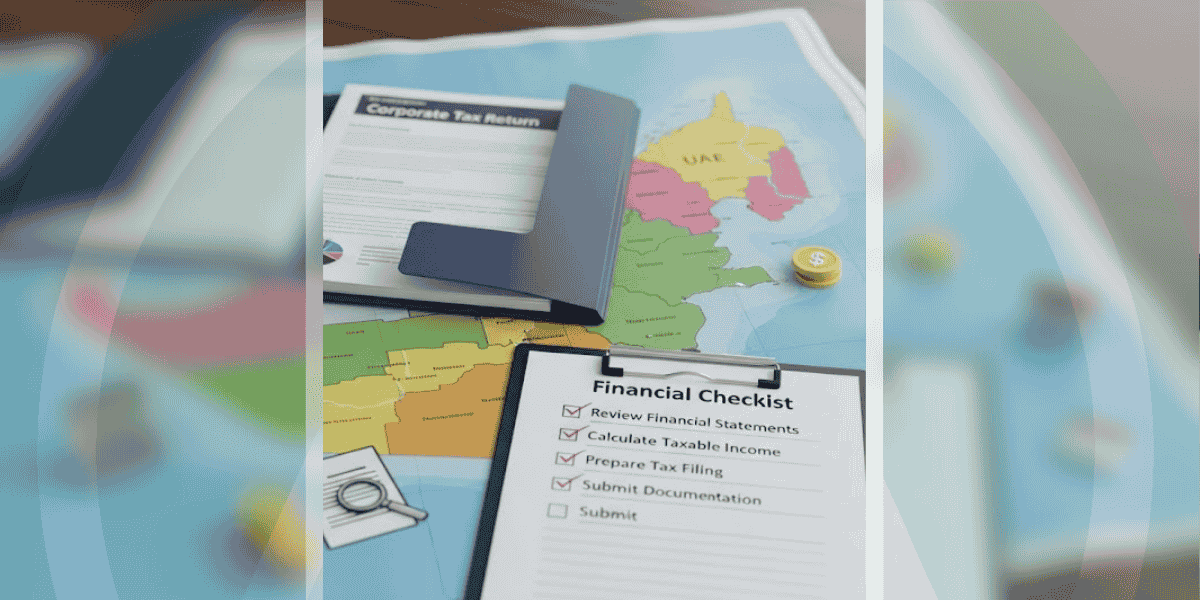
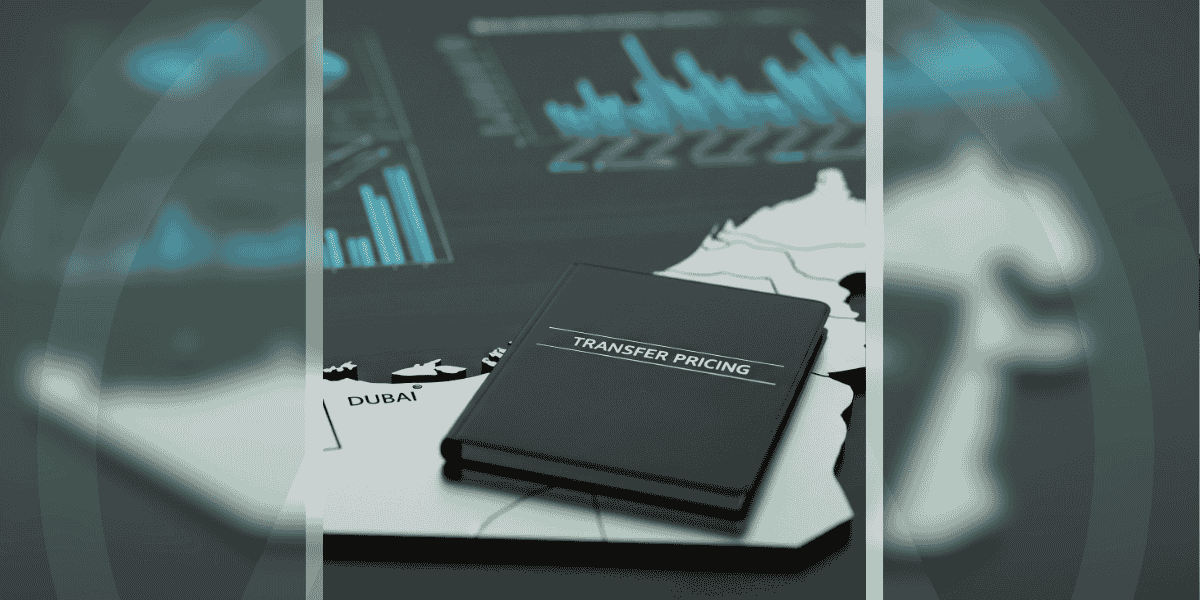
.png)
.png)
.png)
.png)
.png)
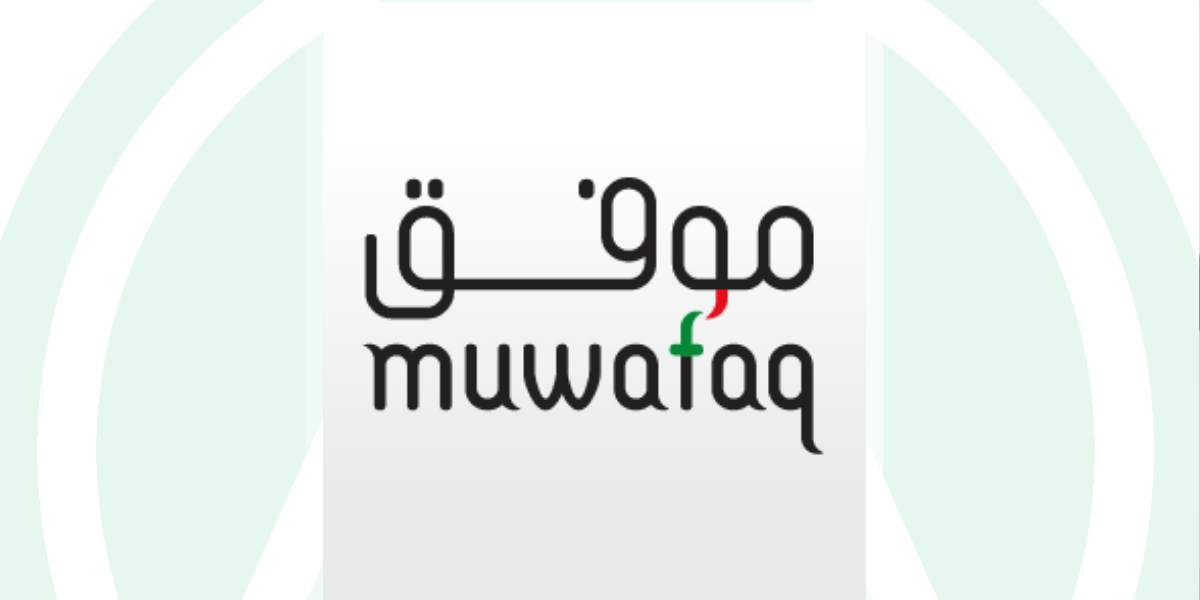
.png)
.png)



.png)
.png)





.jpg)


.jpg)




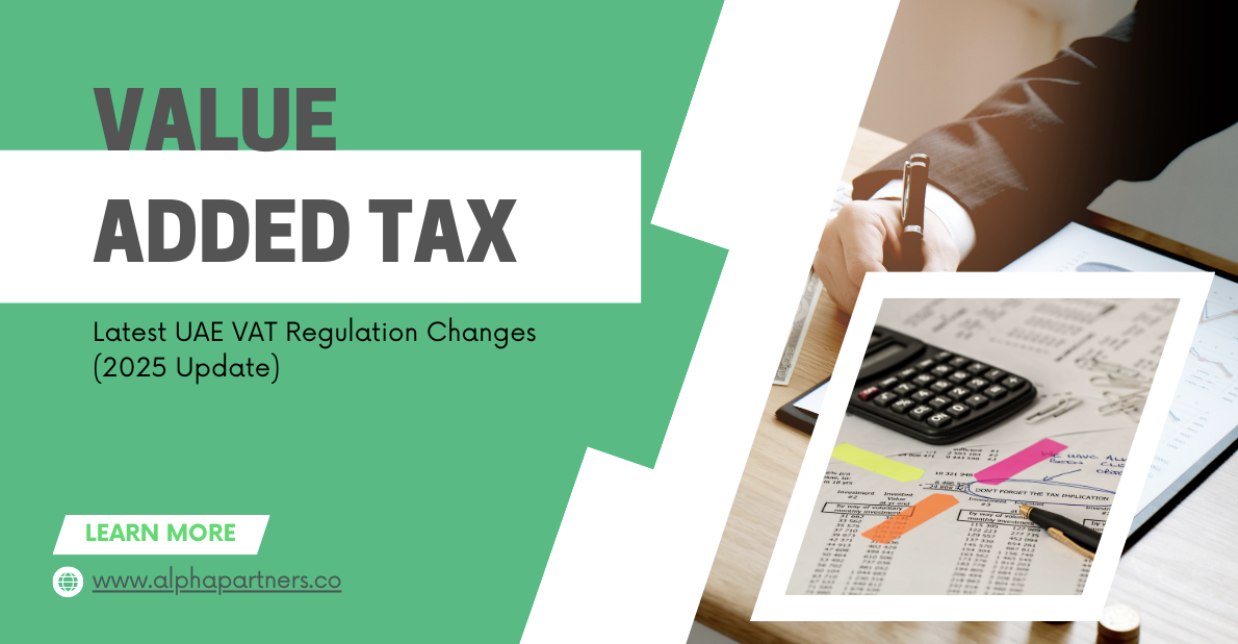
.png)
.png)






.png)


